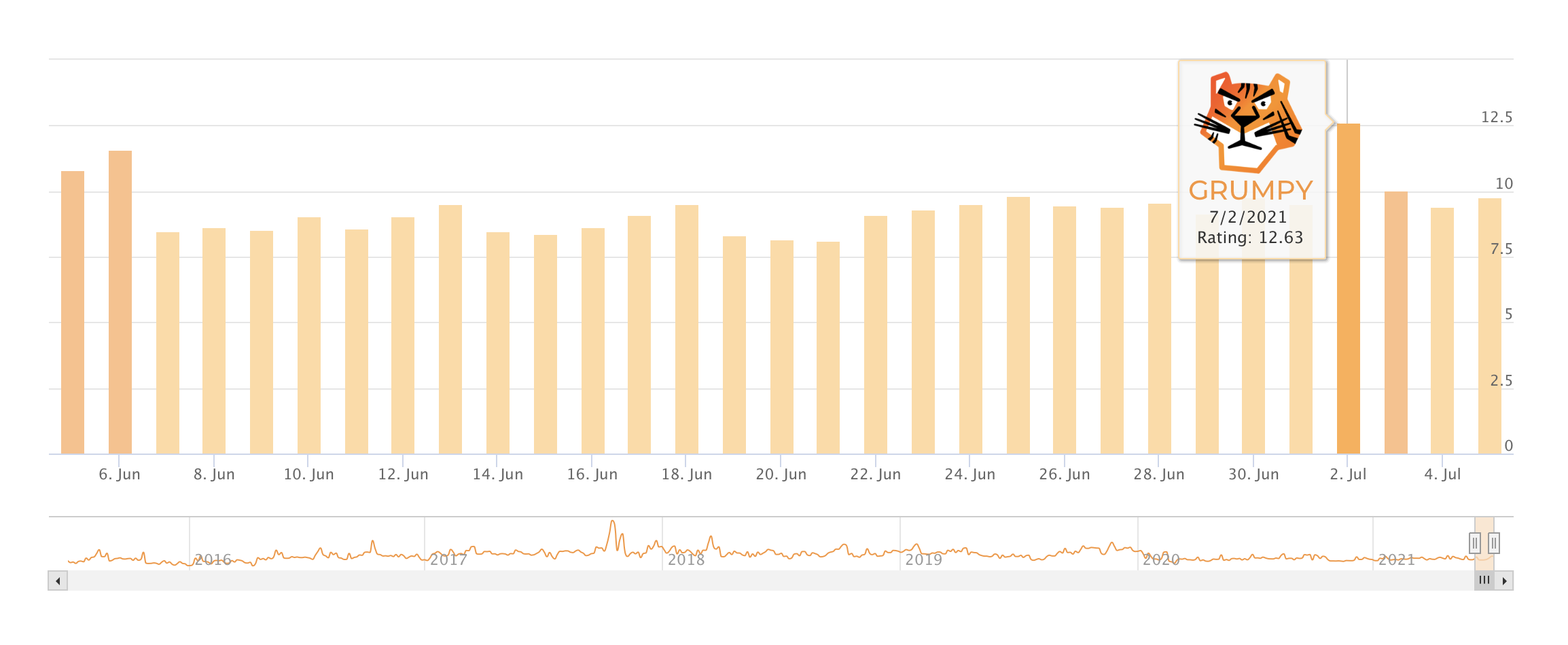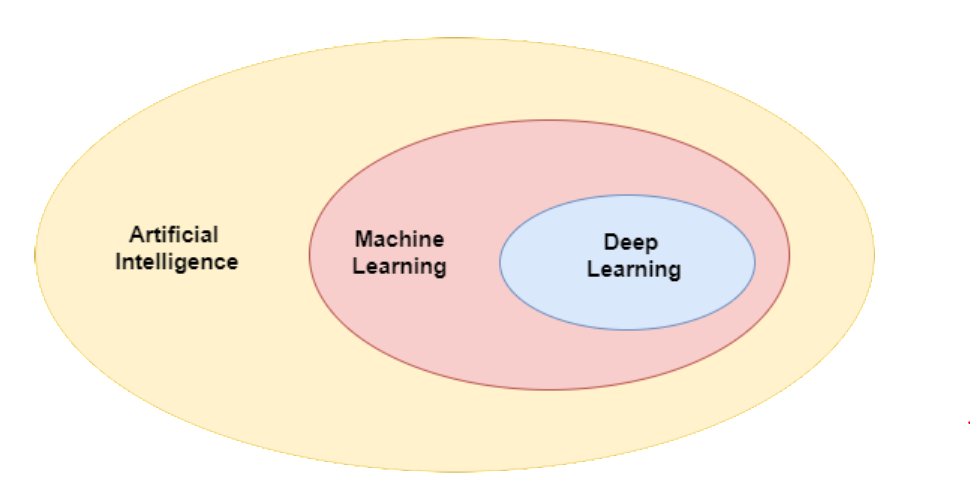If you are familiar with the concept of keyword filling, you will understand how search engines use keyword filling to increase rankings. This is how they rank your site using a variety of algorithms that take into account many factors, including search volume and relevance. Filling in keywords seems easy because you simply fill the website with a lot of keywords! Not so fast though. Let me explain what I mean.
The way search engines rank websites algorithmically involves several factors that cannot be easily measured. These factors include, but are not limited to; the number of times the keyword appeared on the page, the number of times the keyword appeared in the title and description, and the number of times the anchor text appeared online. Therefore, although you can find out what the ideal number of keywords is for high ranking, it largely depends on the individual search engine. No two engines are the same. So while it is true that you should try to cram as many keywords as possible into your site, it is also true that a large amount of unnecessary keywords will harm your website in overall performance.
Let’s look at an example of what I’m talking about. Let’s say you have a website about camping gear. On your website, talk about some of the best and most suitable camping products. At the bottom of the page you mention one camping product and a keyword appears that you think is good. However, when you calculate the search volume for this keyword, you’ll find that there are many more product searches than for any other keyword.
So what does all this mean? Well, that means your site could be good, but it’s also likely to be cluttered with hundreds of pages containing the same keyword. This is the nature of SEO or search engine optimization. In this regard, you should be aware of how search engines work.
To learn how search engines work, you must first learn about how major machines work. The three biggest search engines are Google, Yahoo and Bing. The way they work is very simple and is the result of a process called algorithms. These are mathematical formulas that allow computers to quickly identify certain sets of information.
For example, consider this. If you want to find out how the engine works to determine which string is most relevant, you should know the definition of the word ‘string’. For engines, this is the ‘keyword’. They then identify this keyword as relevant to the search query and give it a high position. This is how the engine decides which keyword is most relevant.
However, that is not all. Search engine optimization has much more than keywords. An effective SEO strategy involves many other things, including URL structure, meta tags, website content, and other aspects of your website. Learning how search engines work doesn’t end with determining which keywords are relevant. Successful SEO strategies will involve the use of different types of optimization to ensure that your website is optimized as best as possible to get the best possible results from search engine traffic.
To learn how search engines use machine learning, you need to be able to apply an effective strategy. Once you’ve got a good idea of what search terms your potential customers will use, it’s time to start applying your strategy. Learning about how search engine optimization works and the different techniques you can use will help you achieve the highest ranking for the selected keywords. And of course, this way you attract more paying customers!
Technical giants are investing heavily in machine learning.
In 2019, Microsoft invested in 11 artificial intelligence (AI) startups, with $ 1 billion for OpenAI alone. They’re not even the biggest source of corporate venture capital flooding AI startups.
In the same year, Intel Capital invested 19 and Google Ventures 16 investments.
This huge inflow of capital means that the computing power of AI is advancing rapidly in a number of sectors, from healthcare to construction to marketing and search engine optimization.
However, before we get into the implications of machine learning for SEO professionals, let’s define what we mean by artificial intelligence.
While companies like OpenAI and Conversion.ai are moving towards developing general artificial intelligence for natural language processing, there are currently no clear examples of AGI.
For progress from ANI to AGI, deep learning will be key to creating stronger artificial intelligence capable of using deductive reasoning to analyze complex, unstructured data and make independent decisions.
Back in 2016, Google announced its intention to become the company’s “first machine learning”. Since then, they have taken constant steps towards that goal, launching Google AI in 2017, and BERT 2019.
What is their goal in comprehensive machine learning?
Well, according to Google, they want to not only make our lives easier, but also use AI to find “new ways to look at existing problems, from healthcare reviews to advanced scientific discoveries.”
In addition to those lofty goals for the future, humanity is already seeing these shifts in machine learning to a lesser extent in something we communicate with on a daily basis – search engine algorithms.
Google has made steady progress in connecting users to the content they search for, including these nine ways we know search engines currently use machine learning.
Contents
- 1 1. Pattern Detection
- 2 2. Identification of New Signals
- 3 3. It’s Weighted as a Small Portion
- 4 4. Custom Signals Based on Specific Query
- 5 5. Natural Language Processing
- 6 6. Image Search to Understand Photos
- 7 7. Ad Quality & Targeting Improvements
- 8 8. Synonyms Identification
- 9 9. Query Clarification
- 10 Summary
1. Pattern Detection

Search engines use machine learning to detect patterns that help identify unwanted or duplicate content.
Low quality content usually has different similarities, such as:
Machine learning recognizes these patterns and marks them. It also uses data from user interactions to detect when new spam structures and techniques are being used, identify new patterns, and successfully tag them.
Although Google continues to use human quality assessors, using machine learning to detect these patterns drastically reduces the amount of manpower required to review content.
This way, Google can automatically browse the site to remove low-quality content before the real person gets involved.
Machine learning is a technology that is constantly evolving, so the more pages are analyzed, the more accurate it is (at least in theory).
2. Identification of New Signals

RankBrain is a machine learning algorithm developed by Google that not only helps identify patterns in queries, but also helps a search engine identify possible new ranking signals.
Prior to RankBrain, Google’s algorithm was completely encrypted manually. It depended on a team of engineers to analyze the results of the search queries, run tests to improve the quality of those results, and implement the changes.
Now, while more human engineers are working on the algorithm, RankBrain is quietly running in the background running tests and assessing how changes affect user interactions.
RankBrain solves some of the tricky problems Google has faced with traditional algorithms – including how to handle search terms that have never been entered into Google before.
According to Google’s Gary Illyes at Reddit AMA 2019:
“RankBrain is a PR-sexy machine learning ranking component that uses historical search data to predict what a user [sic] would most likely click on for a previously unseen query.”
Because search engines can learn technology how to independently manage predictions and data, there may be less manual labor and employees may move toward other things machines can’t do, such as innovation or human-centered projects.
3. It’s Weighted as a Small Portion

However, while machine learning is slowly changing the way search engines find and rank websites, that doesn’t mean it has a big, significant impact (currently) on our SERP.
In a discussion of working hours for central offices for webmasters in 2019, Google’s John Mueller mentions how machine learning helps Google’s engineers better understand a variety of issues, but notes the following:
“… machine learning is not just this one black box that does everything for you where on the one hand you feed the internet and on the other hand search results come out.”
Recently, in a discussion on working hours in May 2021, he explained that machine learning can adjust the weight of different ranking signals. But again, there are still real people who manually check and adjust those values.
Google’s ultimate goal is to use technology to provide users with a better experience. They don’t want to automate the whole process if it means the user won’t have the experience they are looking for.
So don’t assume that machine learning will soon take over the entire search ranking; it’s simply a small part of the puzzles that search engines have implemented to hopefully make our lives easier.
4. Custom Signals Based on Specific Query

Google’s current privacy policy discusses how a search engine currently generates customized search results based on user behavior.
Google’s personalized search patent, US20050102282A1, states the following:
“… personalized search generates different search results for different search engine users based on their interests and past behaviors.”
We can see this clearly in action. Often used in conference presentations, proving this process is as simple as typing a series of queries into Google in a single session and watching the results change depending on what you last searched for.
For example, if I search [New York Football stadium] in an anonymous browser, I get the answer [MetLife Stadium].
Then, if I only search [jets] in the same search engine, Google assumes that, since my last query related to a football stadium, then this query also applies to football.
As I continue my search, Google finds out when my interest starts to change.
Searching for [Jaguars] in the same search engine will display information about the Jacksonville Jaguars NFL team (which is related to my last two searches).
But the moment I start searching [the zoo near San Diego] and type [zoo] into the query box, Google suggests [zoos with jaguars] even though I haven’t searched the jaguars a second time.
Search history is just one component of the search experience that machine learning uses to deliver better results.
5. Natural Language Processing

It is important that the search engine can recognize how similar one part of the text is to another. This applies not only to the words used, but also to their deeper meaning.
The two-way encoder representations from Transformers – abbreviated BERT – are a natural learning processing framework that Google uses to better understand the context of a user’s search query.
People don’t always speak the way a machine would expect. We play with language to come up with new words.
We use the same word to describe different things. Sometimes we are even intentionally ambiguous.
However, as more people use and search for new phrases online, machine learning can display more accurate information for those queries.
Google Trends is a great example of this. A new phrase or word that gets in effect (for example, “shine” or “spill tea”) may initially have meaningless search results.
BERT is designed to replicate human recognition as closely as possible to decode these contextual nuances by learning how users interact with content and matching search queries to more relevant results.
As language evolves and transforms, machines can better predict our meanings behind the words we pronounce and provide us with better information.
6. Image Search to Understand Photos
Approximately 1,087 photos are uploaded to Instagram every second, and 4,000 to Facebook. These are hundreds of millions of photos that are posted daily on those two social networks alone.
Analyzing and cataloging that many submissions would be a painstaking (if not impossible) task for a human, but they are perfect for machine learning.
Machine learning analyzes color and shape patterns and matches them with all existing photo scheme data to help the search engine understand what an image actually is.
This way, Google can not only catalog images for Google image search results, but also run a reverse image search, which allows users to search using an image instead of a text query.
Users can then find other copies of the photo online, as well as similar photos that have the same themes or color palette and information about the subjects in the photo.
In turn, the way a user communicates with these results can shape their SERPs in the future.
7. Ad Quality & Targeting Improvements
Just like its organic search results, Google wants to offer the most relevant ads to its individual users. According to Google’s U.S. patents US20070156887 and US9773256 on ad quality, machine learning can be used to improve an “otherwise weak statistical model.”
This means that the machine learning system can affect ad rank.
“Bid amount, ad quality during the auction (including expected clickthrough rate, ad relevance, and landing page experience), ad rank thresholds, person search context” are entered into the system by keyword by keyword, to determine which thresholds Google takes consider for each keyword.
8. Synonyms Identification
When you see search results that don’t contain a keyword in the snippet, it’s probably because Google uses RankBrain to identify synonyms.
When you search for [forest conservation], you will see different results with the word “protection” because in this case it can be used interchangeably with “conservation”.
In some cases, Google even emphasizes synonyms, which further indicates that it recognizes synonyms.
9. Query Clarification
One of my favorite items is the intent of the user to search queries.
There are many reasons to run a search engine. Users can search for purchases (transactional), research (informative) or find resources (navigation) for any search.
Furthermore, one keyword may be useful for one or any of these purposes.
By analyzing click patterns and the type of content users are dealing with (e.g., CTRs by content type), a search engine can use machine learning to determine the intent behind a user’s search.
An example can be seen with the query “best colleges” in Google search.
The results are reviews and a list of faculties in one SERP, with universities at the top. This shows Google’s understanding of the possible intentions behind the search.
This changes the way SEOs look at the structure and position of links because Google’s algorithm uses tools like BERT to better assess the context where those links are placed.
Summary
Although machine learning is not (and probably never will be) perfect, the more people communicate with it, the more accurate and “smarter” it will be.
This could be alarming to some, creating Skynet visions from the Terminator movies.
However, the real result may be a better experience with technology that solves complex problems and allows people to focus on fostering creativity and innovation.
In 2018, Pew Research conducted a survey in which 63% of respondents said they hoped for the future of humanity in terms of AI – agreeing that by 2030, people will be better off with the help of artificial intelligence.
One of the ways we already see that improving the quality of life is search. As Google and other search engines revolutionize machine learning, we can more easily find the information and services we need when we need them.
More machine learning resources:
The author took all the screenshots, June 2021
Sources :
